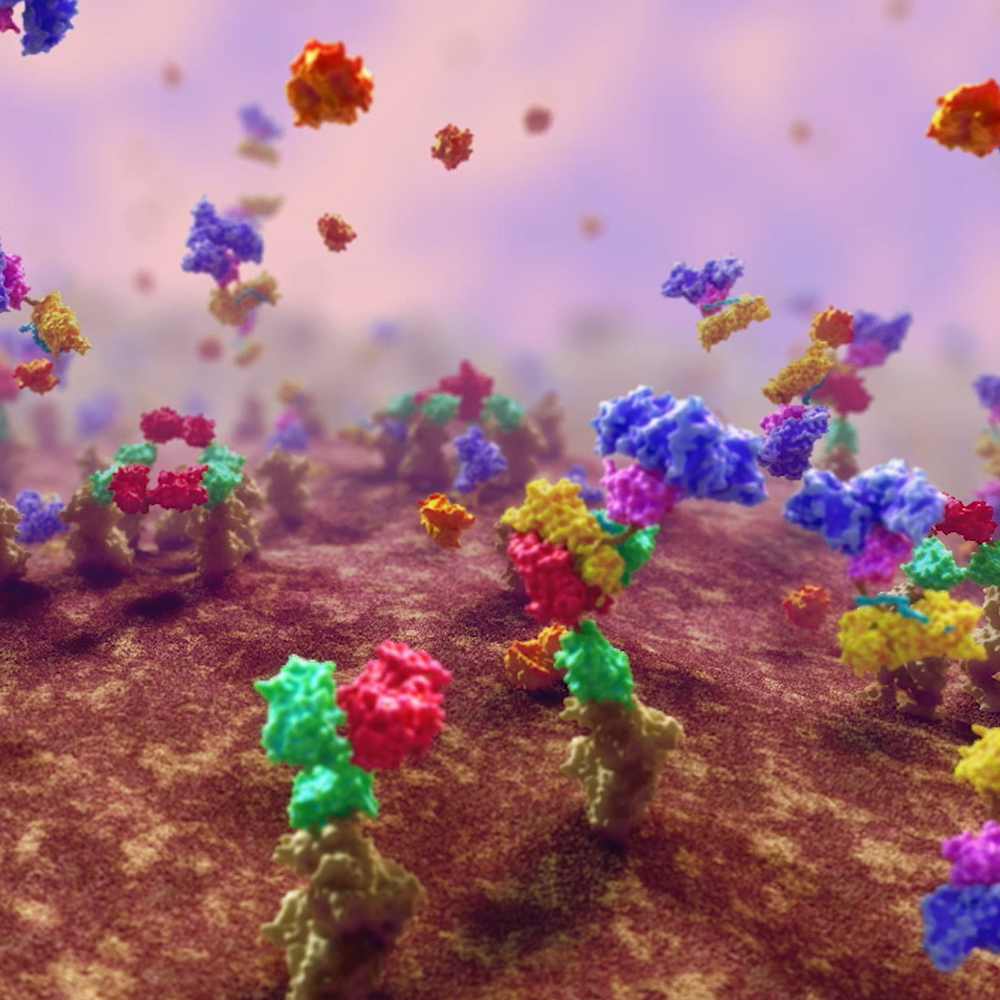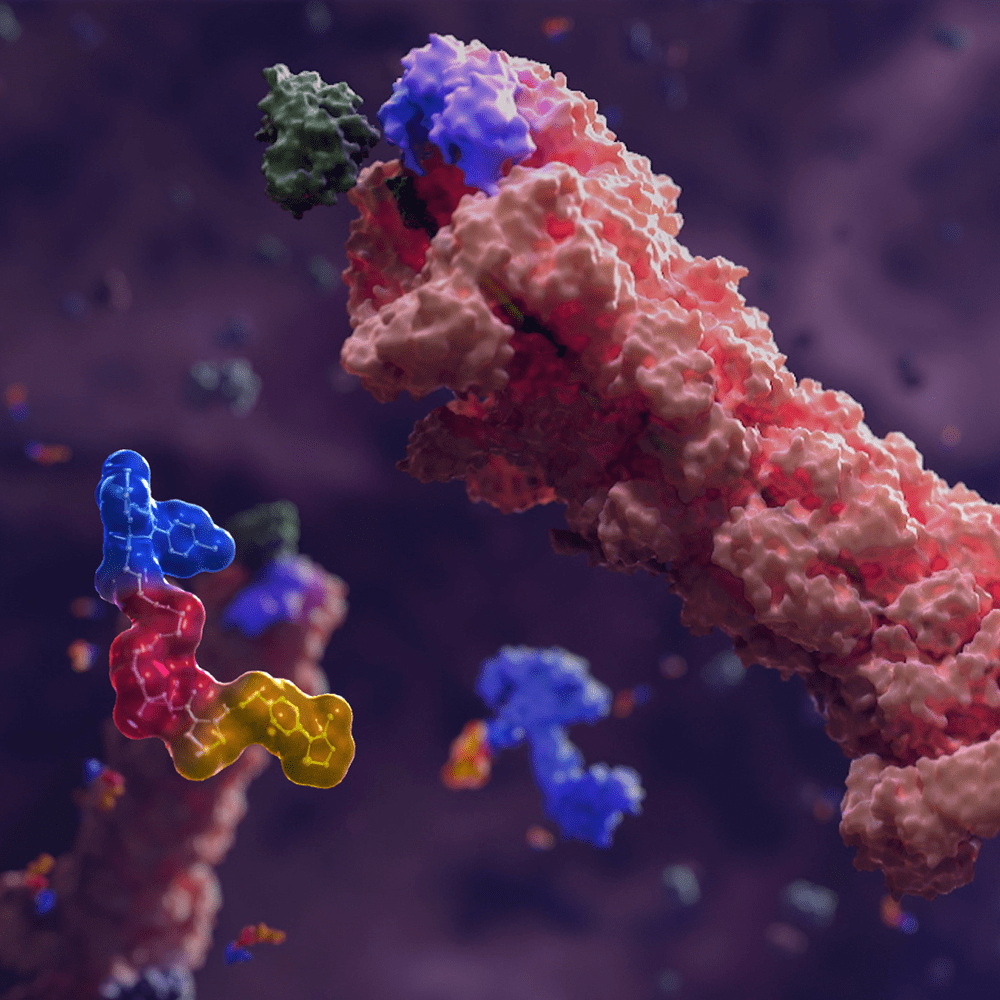Shattuck Labs enlisted XVIVO to develop a mechanism of action animation for their ARC platform (or Agonist Redirected Checkpoint), which links checkpoint blockade and immune co-stimulation in a single molecule, to treat cancer.
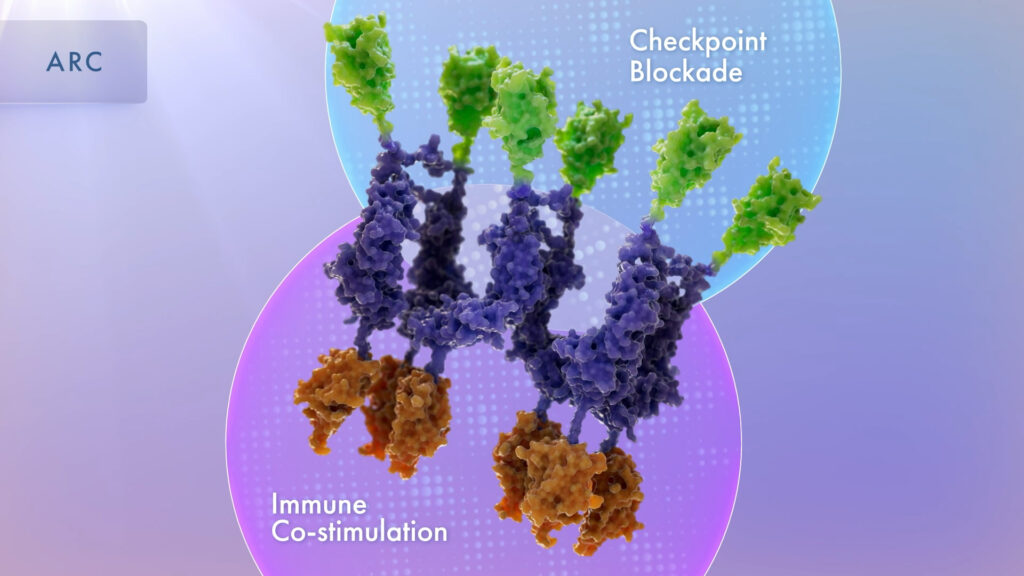
In this medical animation, the viewer is taken on a journey through the extracellular environment, to watch tumors proliferate, to see the interaction between tumor cells and immune cells, and then to follow the Shattuck molecule SL-172154 as it binds with tumor cells and macrophages.
ARCs have the potential to disrupt key pathways that tumor cells have co-opted to evade detection, while simultaneously activating a patient’s immune system to eliminate their cancer. These molecules have unlocked the TNF receptor superfamily in a manner that the industry has attempted to do for well over 30 years, with little success thus far.
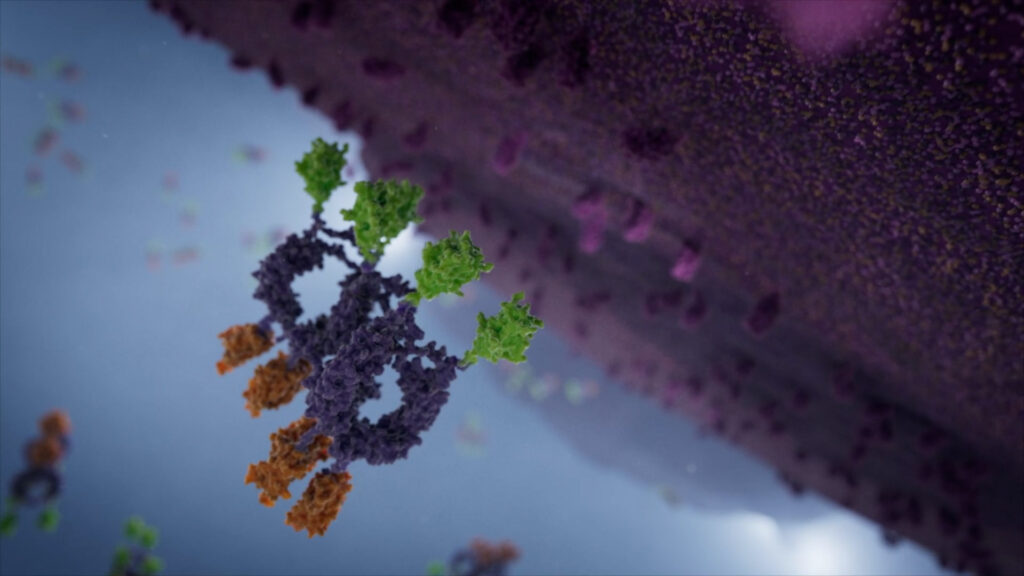
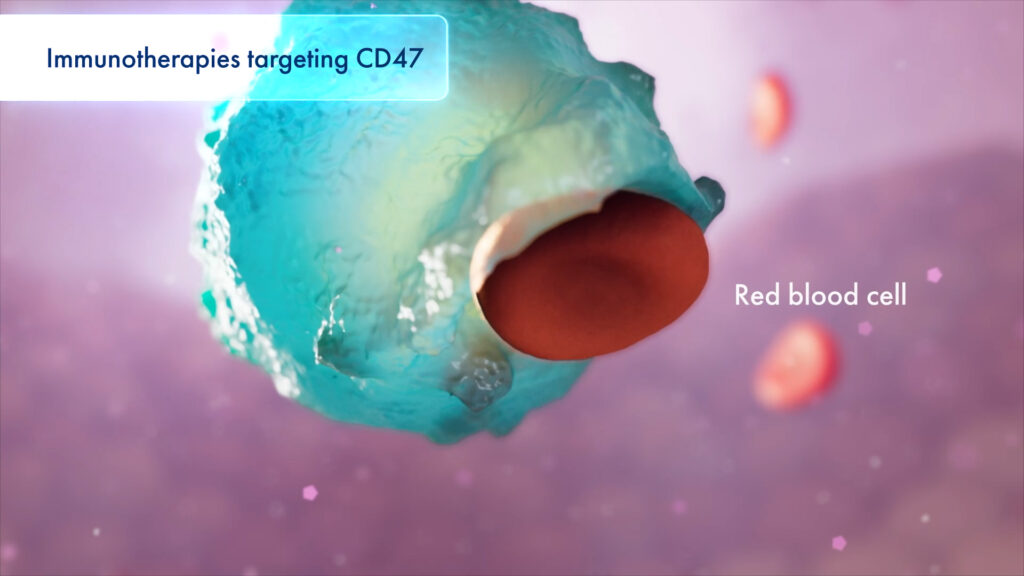
Existing immunotherapies that target an important signaling pathway in some cancers, the CD47 pathway, may accidentally activate phagocytic signaling on healthy cells, such as red blood cells, leading to adverse effects. Shattuck Labs has designed their ARCs to minimize these off-target effects. Shattuck is currently studying ARCs in multiple types of cancer, including ovarian cancer, acute myeloid leukemia, and lymphoma, among others.
See how XVIVO can transform your scientific data into a MOA animation with a consultation today: https://xvivo.com/contact-us/
Related Animations
